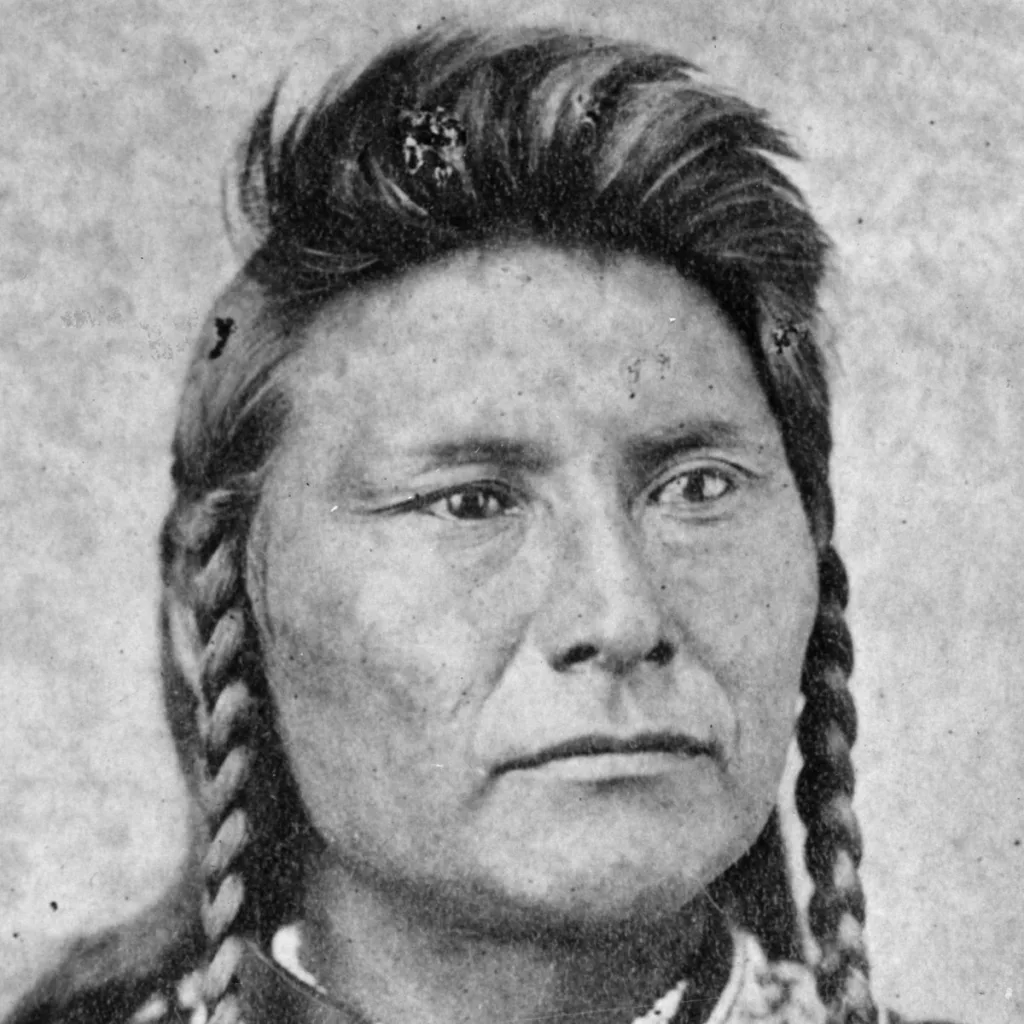

A story that captured the attention of newspaper readers all across the United States had an unbelievable ending in North Dakota, then Dakota Territory.
The year was 1877, one year after the defeat of Lt. Colonel George Custer and five companies of the vaunted 7th Cavalry at the Battle of the Little Bighorn. The Nez Perce, led by legendary Chief Joseph, fled their reservation land near Walla Walla, Washington after months of mistreatment by a corrupt Indian Agent.
The news quickly spread that Joseph hoped to unite the Nez Perce with famous Hunkpapa Sioux Chief Sitting Bull. Sitting Bull, the recognized leader of the various tribes on the Northern Plains, and many of his followers fled to Canada following the Little Bighorn fight.
The Army immediately put troops in the field in pursuit of Joseph and the Nez Perce. Several battles were fought but the Nez Perce eluded defeat and capture. Newspapers were soon carrying accounts of the Army’s top commanders being outmaneuvered by the clever Chief Joseph. Joseph was thrust into the national spotlight as readers marveled behind the plight of the Nez Perce.
General Samuel Sturgis had Custer’s former regiment, the 7th Cavalry, in the field. Rumors flew that the 7th was about to be caught between the forces of Joseph and Sitting Bull. The St. Paul Pioneer Press wrote, “The situation is regarded in Washington as extremely critical.”
Other troops in the field were commands led by Gen. Oliver Otis Howard and Gen. Nelson A. Miles, considered among the most effective leaders in the Army, yet Joseph maintained the upper hand each time an engagement occurred.
Ultimately, after being chased several hundred miles by the Army’s finest, Joseph’s weary followers found themselves in a hot fight in the Bear Paw Mountains of present-day Montana just a few miles from the safety of the Canadian border. Gen. Miles’ troopers inflicted heavy casualties, captured many Nez Perce ponies, blankets, and supplies.
Joseph had little choice but to surrender. He did so in clothing riddled with seven bullet holes, eloquently delivering to Miles the famous words that were printed in newspapers through the country:
“From where the sun now stands, I shall fight no more forever.”
Miles marched the Nez Perce survivors to Bismarck, allowing Joseph alone to keep his horse so he could ride into Bismarck as a chief. Bismarck’s Sheridan House Hotel hosted a banquet in honor of Joseph and his sub-chiefs. Among those requesting Joseph’s presence was Henry Porter, the Army surgeon who treated the wounded while under attack on Reno hill during the Little Bighorn fight the previous year.
After the meal was served Joseph rose to speak, saying, “I always try to entertain good sentiments in my heart, and I would now make you understand that I entertain them at this moment. Just as we plant a good tree to grow good fruit, I keep good sentiments to make a good man. All of us should have good sentiments and express them. If everybody did there would be no trouble all the world over.”
A day later Joseph and his band boarded a Northern Pacific train leaving Bismarck. Necessarily, the train made a stop for water 100 miles east at Jamestown. But when the train departed Joseph was not on board.
While at the Jamestown water stop a conductor invited Joseph to join him at a local eating house. After that meal, Joseph wandered into a store to purchase bread for his wife and son who remained on the train. Thus, the clever chief that had been chased nearly halfway across the continent by three columns of the U.S. Army had escaped custody in Dakota!
An alarm was immediately raised, the train stopped about two miles outside of Jamestown, then reversed. The obviously frantic conductor who believed he was responsible for the missing chief, was both relieved and surprised to discover Joseph running down the track toward the train. Joseph, out of breath when he finally boarded the train, was clutching a loaf of bread.
Ironically, the legendary Chief Joseph, chased throughout the northwest by the Army’s finest generals, was “captured” while chasing a train in Dakota Territory.